A complete guide to Chinese Herbal Teas: the various types, how to make them etc. Explore traditional tea recipes, health benefits, and expert tips to brew the perfect cup. Whether you're a tea enthusiast or a curious beginner, our easy-to-follow recipes will guide you through the art of making soothing, aromatic teas at home.
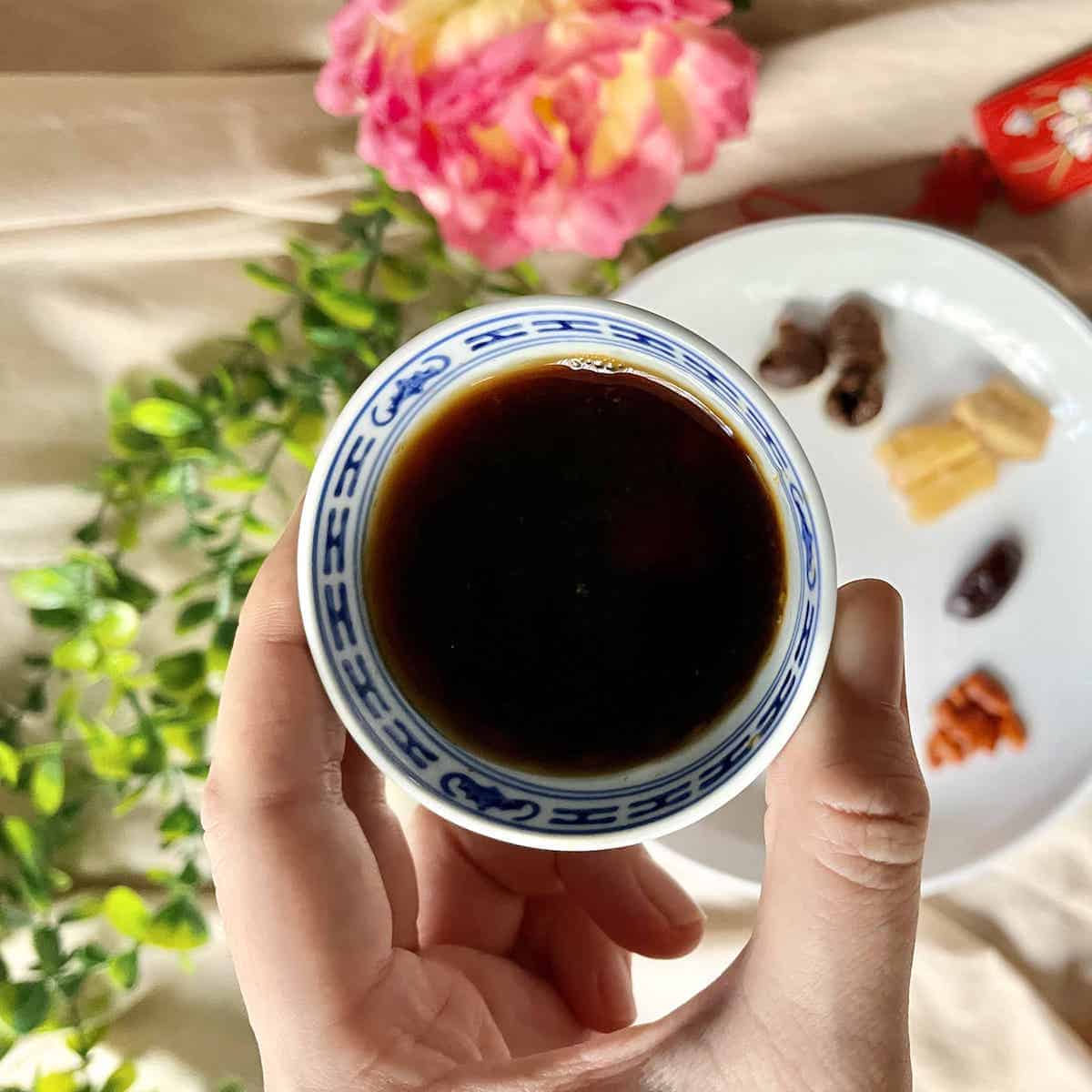
Jump to:
Brewing tea is an ancient Chinese art. Besides green and black tea, Chinese people also drink a lot of non-caffeinated, herbal teas and tisanes.
In Traditional Chinese medicine, Chinese herbal teas, such as goji berry tea, jujube tea, osmanthus tea, longan tea, ginger tea etc, are more than just warm and soothing drinks. They're a blend of history, culture, and holistic healing.
From the anti-inflammatory prowess of honeysuckle tea to the liver-protecting virtues of goji berry tea and the blood-nourishing properties of jujube tea, herbal teas can have a wealth of benefits.
Scroll down to find out more + how to brew them!
Note: please consult a qualified health and medical professional before making changes to your diet.
Goji Berry
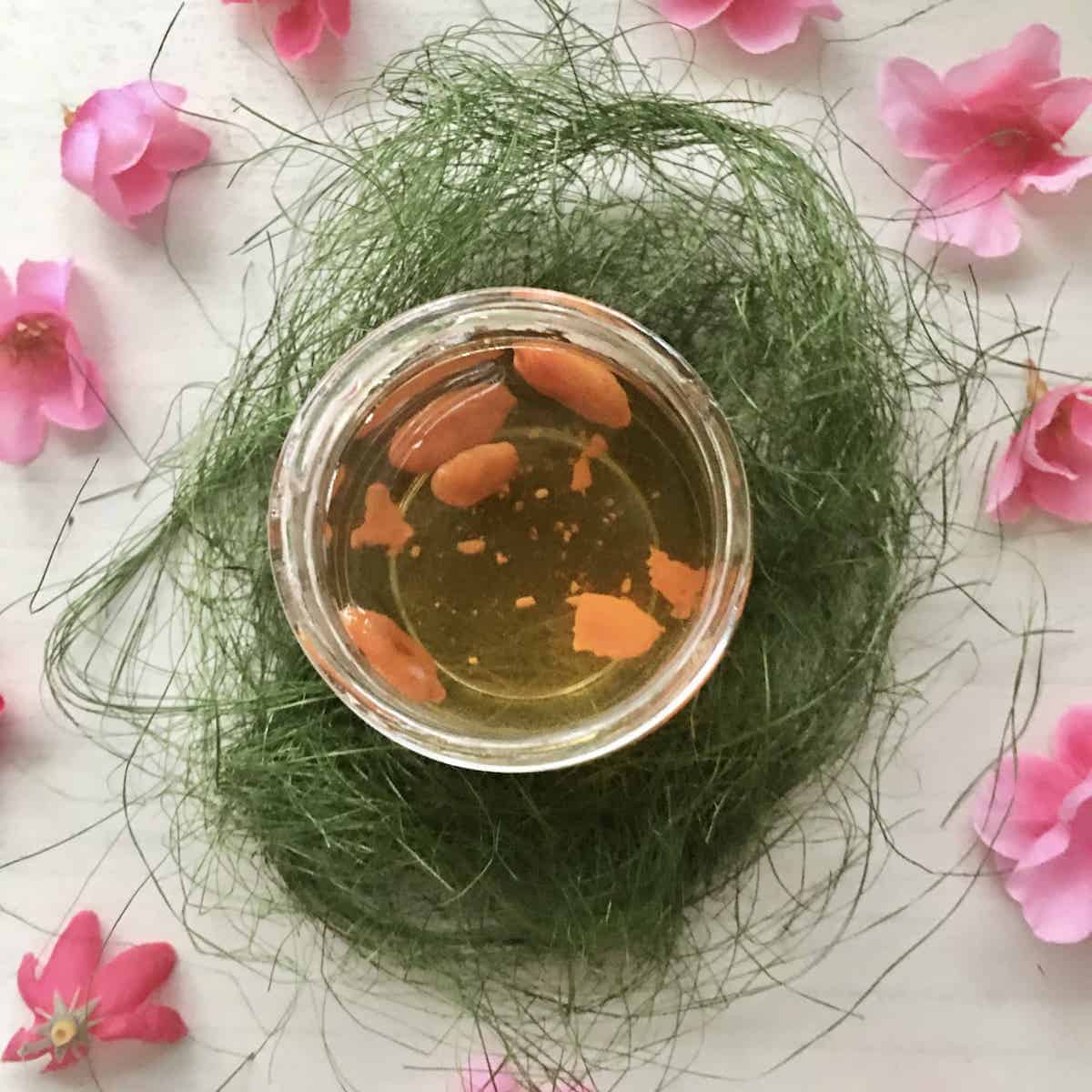
Due to its health benefits, Goji Berries have been a staple ingredient in China for centures.
They are one of the most popular Asian herbal tea ingredients. In addition, goji berries (wolfberries) are used to make anything from Goji Berry Tea to Chinese soups (e.g. black chicken soup) and Bird's Nest desserts.
To make wolfberry tea, pour boiling water over the Goji Berries or steep over low heat in a small pot.
Health Benefits
Goji Berries, also known as wolfberries, are thought to:
- Be rich in fiber, iron, and Vitamins A and C
- Be good for your eyes
- have antioxidant, anti-inflammatory, antimicrobial, immuno-stimulating, anti-diabetic, neuroprotective, anti-cancer, prebiotic, and anti-obesogenic effects
Note: while generally safe to consume, goji berries may interfere with certain medications for diabetes, high blood pressure, and blood thinners. They also contain betaine, which may harm fetal health, so pregnant women need to be very careful. Please consult your healthcare provider before making changes to your diet.
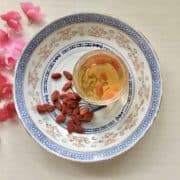
Chinese Red Date

It's the ripe fruits of Chinese red dates, also known as jujube or hong zao, that hold the magic.
To unlock these benefits, boil the dried fruits in hot water for a few minutes. This is a popular traditional remedy in Chinese and Korean cultures.
You can also use dried jujubes to make other Asian recipes, such as Chicken ginseng soup and Evil chicken soup.
Health Benefits
They are:
- high in fibre, and thus improve digestion
- full of vitamins, minerals and nutrients which do everything from support liver protection and boost your energy to support blood deficiency
- have lots of Vitamin C (an anti-oxidant. The anti-oxidants in red dates may reduce inflammation and help manage chronic diseases)
- potentially improve sleep quality
Note: jujubes are generally safe to eat for most people. However, they may interact with certain seizure and antidepressant medications, such as phenytoin, phenobarbitone, carbamazepine, venlafaxine and other SSNRIs. Please consult your medical doctor before making changes to your diet.
In addition, keep in mind that the dried fruits are higher in sugar and calories than fresh ones, as the sugars are concentrated, and additional sugar may be added during the proccessing.
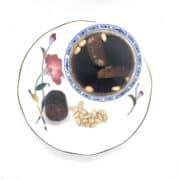
Osmanthus

Osmanthus tea is made from golden dried flowers: the tea is as pretty as it is fragrant!
The tea can also be made into desserts, such as osmanthus jelly (Gui Hua Gao), which was once served to the Royal Consorts of the Chinese emperor.
Health Benefits
Osmanthus contains anti-oxidants and helps to reduce phlegm.
However, modern scientific research into the benefits and possible side effects of osmanthus is limited, so please consult your health professional before making changes to your diet.
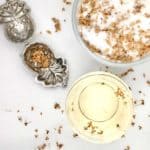
Longan
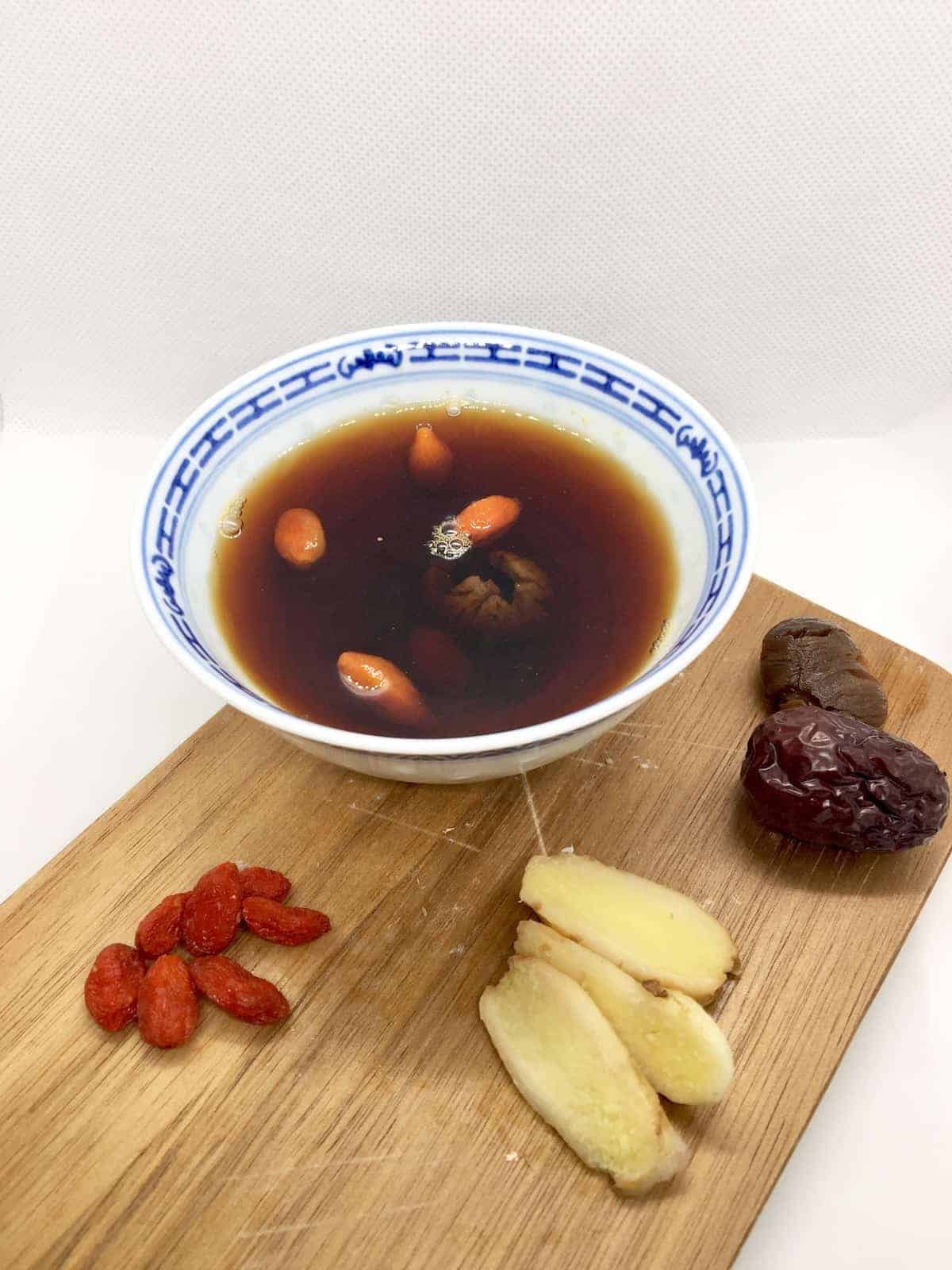
Dried Longan Tea is a popular drink during the Chinese New Year season, thanks to its warming properties.
Health Benefits
Longan fruits are:
Note: Do NOT eat the peel, as it can cause health issues. In addition, consuming too many longans have lead to health issues in mice.
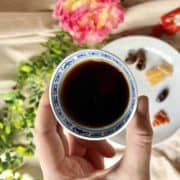
Suan Mei Tang
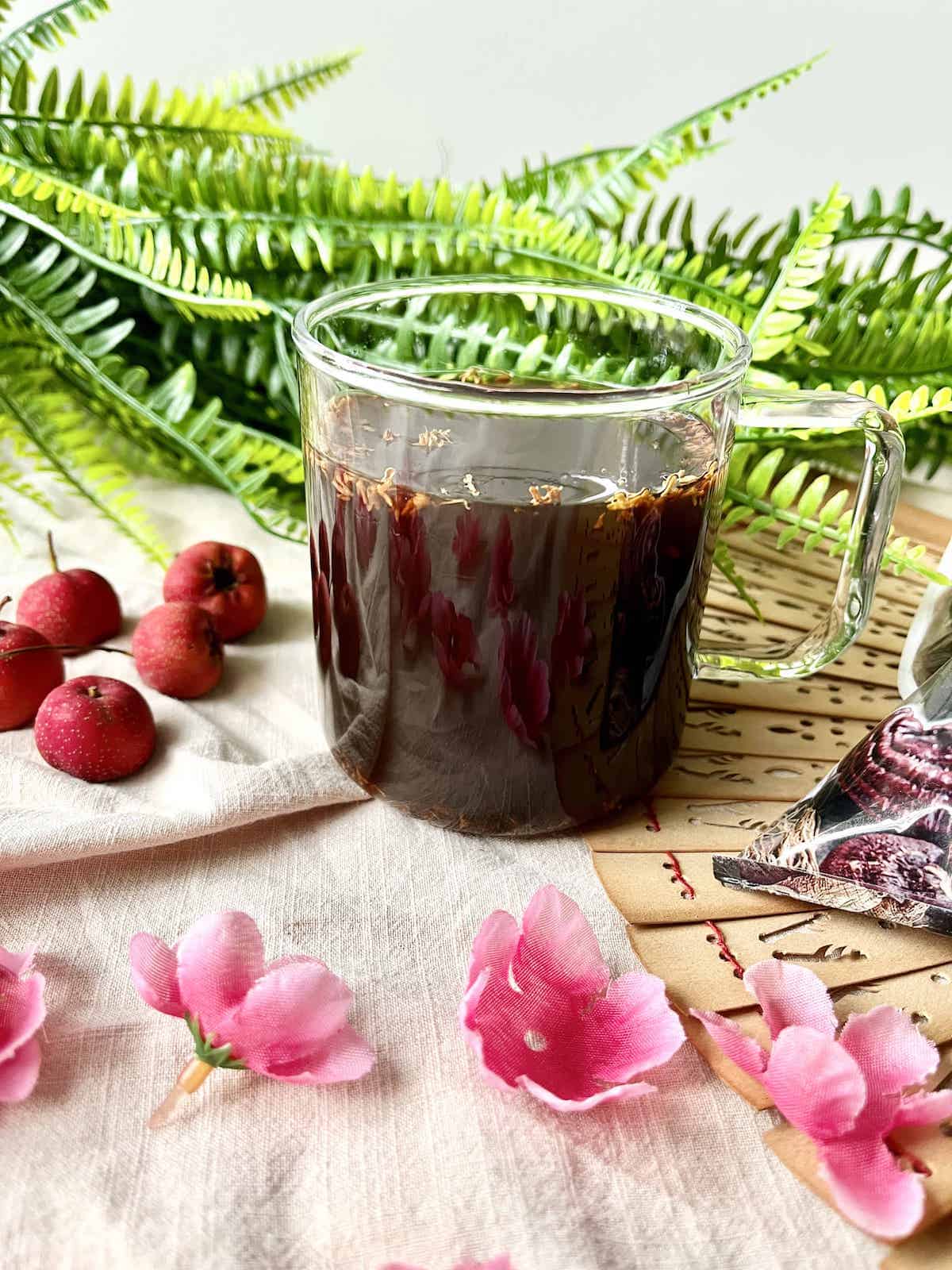
Plums are a popular ingredient in Asian teas, from Korean Maesil-Cha, to Japanese Ume-Cha and Chinese Suan Mei Cha, they are all thought to be good for you in various ways.
Chinese preserved plums are traditionally taken when one is feeling nauseous. When made into a herbal drink, it is also a nice and cooling drink on hot days.
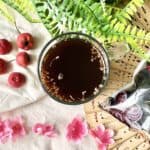
Ginger

Ginger Tea is a traditional Chinese remedy to prevent colds and combat period pains: you simply boil ginger and sweeten with brown sugar.
Ginger is also very versatile:
- It can be combined with lemongrass to make lemongrass ginger tea (Alternatively, just sweeten regular ginger tea with lemongrass syrup)
- Simmer with turmeric and cinnamon, then sweeten with honey and lemon to make turmeric tea.
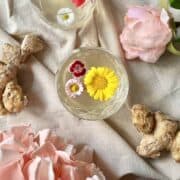
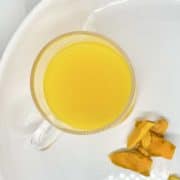
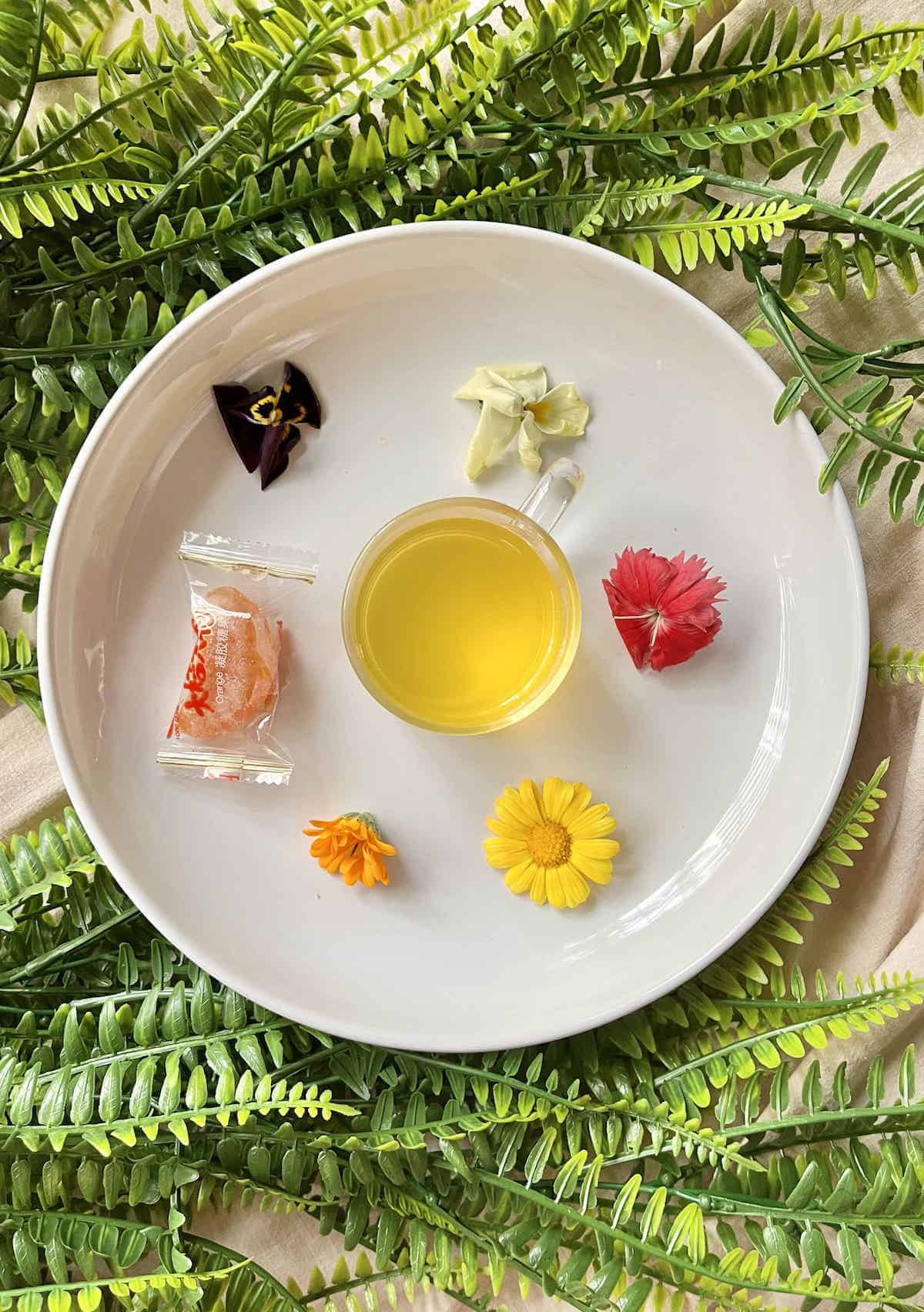
Chrysanthemum
Chrysanthemum tea is another popular Chinese drink, especially during dinner, as it does not contain cafeine.
Like Osmanthus tea, Chrysanthemum tea is made from dried flowers, albeit from a different plant.
You simply steep the golden buds of the chrysanthemum flowers (also known as mums) in hot water. When the water turns a light golden, the mixture is ready to drink! The scent is a little similar to chamomile.
Health Benefits
Chrysanthemum flowers are thought to be potentially:
However, as with all the herbal tisanes on this list, more research needs to be done, and you should always consult a medical professional before changing your diet.
Ginseng
Ginseng has long been a prized ingredient in Chinese history: wild ginseng can cost quite a lot of money! You'll find this root used in both Chinese soups and teas.
There are also different types of ginseng:
- dried ginseng (more used in Chinese cooking) vs fresh ginseng (more popular with Koreans)
- Asian ginseng vs American ginseng
More research needs to be done on ginseng's benefits but it is traditionally belived to:
Honeysuckle
Honeysuckle flowers, or Jin Yin Hua 金银花, are also made into Chinese teas.
Steep the buds on their own in hot water for a short time, usually a few minutes.
For more variety, combine with other herbs such as:
- chrysanthemum flowers
- mint leaves
Rose Bud
Rose bud tea is a popular beautifying tea in traditional chinese medicine (TCM).
Creating Your Herbal Tea Blend
Making your own tea blends can be a lot of fun, and good for your body!
First off, get a hold of a traditional Chinese medicine booklet or a reliable online source: not every herb can be combined in TCM.
Your blend could start with honeysuckle for its anti-inflammatory benefits.
Or perhaps rose bud tea, so that its fragrance can help soothe your occasional blues.
Want something for a sluggish day? A pinch of ginseng might just energize your spirit.
Feeling too heaty? Try cooling chrysanthemum tea.
Don't forget to balance the flavors. However, remember, there's no one-size-fits-all when it comes to tea blends.
Experiment, tweak, and taste. Start with small batches (of edible teas), note what you like, and soon you'll have a personalized tea recipe that's not only a delight to sip but also a step towards better health.
Any questions about these Chinese herbal tea recipes? Let me know in the comments!



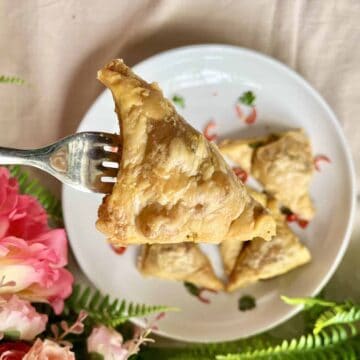
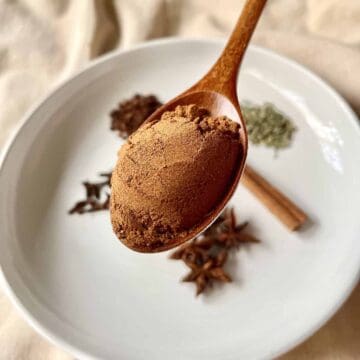

Comments
No Comments